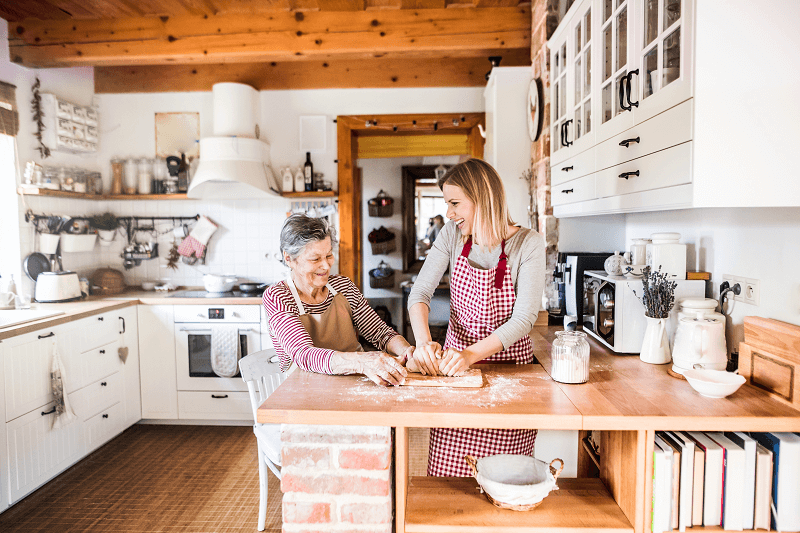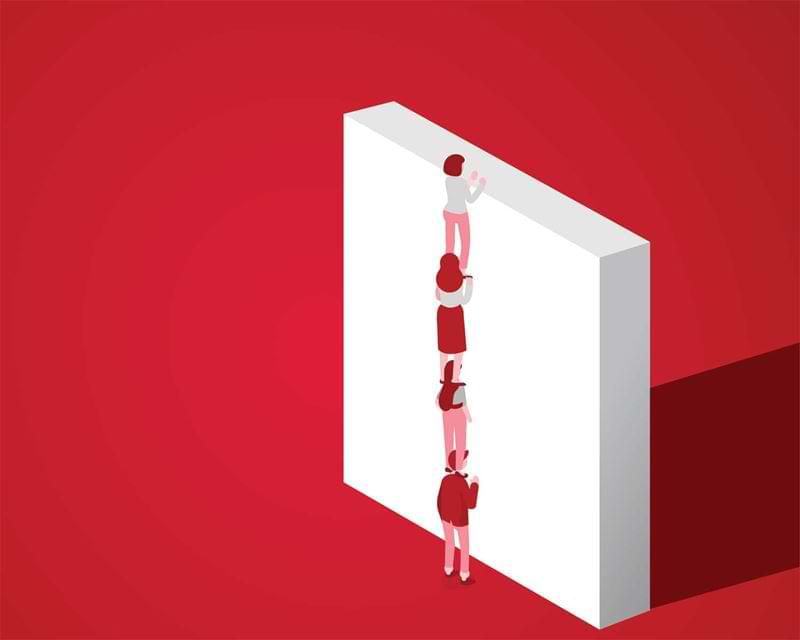Make Your Home Work for You Moving Around the House

After a stroke, challenges that can affect how you function safely in your home include:
- Weakness
- Paralysis
- Poor balance or coordination
- Numbness
- Memory loss
- Tiredness
- Lack of bladder or bowel control
You can move around easier and with less risk by making low- or no-cost changes to floor coverings, passageway widths and grade levels.
Floor Coverings
Low-pile carpet or vinyl or laminate flooring are good if you walk (with or without a cane or walker) or use a wheelchair. If you use a power wheelchair, consider removing all carpets because the torque of making turns can stretch or damage carpet.
- Remove all throw rugs to prevent tripping.
- Secure large rugs with double-sided tape.
- Replace worn or torn surfaces.
Passageways
Passageway widths include spaces between furnishings, hallways and doorways. If you use a wheelchair or walker, a passageway with a turn must be wide enough to accommodate your equipment so you change direction.
- Rearrange furniture to allow adequate space. This may require removing furniture you don’t use often.
- Get more space from a doorway without widening the door by ensuring that the door can swing open to at least 90 degrees, preferably to the adjacent wall. You may have to move objects behind the door. Consider reversing the hinges so that the door opens out into a hallway instead of the room. If there’s still not enough space, install swing clear hinges to gain a few inches usually from the thickness of the door when it’s opened. You can also widen the doorway.
- Clear paths to the kitchen, bedroom and bathroom.
- Remove clutter and keep things such as phone and electric cords out of the way.
- Remove all throw rugs to prevent tripping. Secure large rugs with double-sided tape. Replace worn or torn surfaces.
- Clean up spills immediately.
- Use nightlights and make sure you can reach light switches easily.
Grade Levels
You can raise thresholds, steps or stairs. Install a rail or handle on the wall where you step up or over. Install railings on both sides of the stairs, extending beyond the last step in either direction. This gives additional support for ascending and descending, including your approach to the stairs. If you use a walker, consider keeping one upstairs and one downstairs, rather than bringing one up and down.
You can navigate your home and prevent further injury if you:
- Exercise to strengthen leg muscles and balance.
- Wear comfortable, flat shoes with low, broad heels and soles that grip. Don’t wear loose slippers or walk in your socks.
- Eat calcium-rich foods and take calcium supplements to increase bone strength.
- Follow therapists’ recommendations about limitations and walking needs.
- Don’t rely on furniture and walls for support or to help steady your walking. Always use handrails or your walking device.
- Recognize that certain medications may make you drowsy.
- Limit walking when distracted.
- Use assistive devices as prescribed by therapists.





